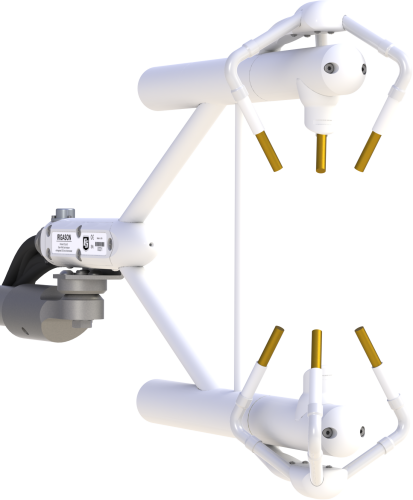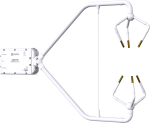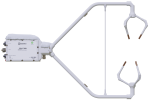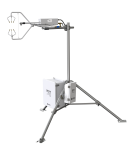Sensoren / Wärme, Dampf und CO2 Fluss

Produktlinien
Other Considerations
Produkte, die nicht mehr im Programm sind
Dokumente
FAQs für
Number of FAQs related to Wärme, Dampf und CO2 Fluss: 4









